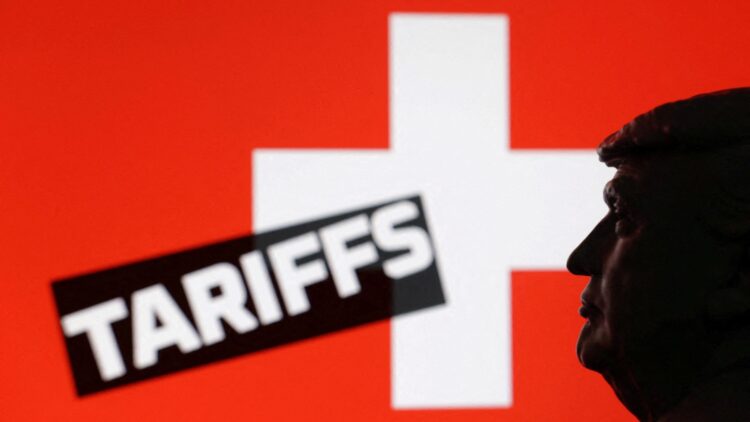The Swiss watch industry is at a critical juncture following Donald Trump’s new 39% tariff. The situation, already unfavorable due to falling demand and exchange rate fluctuations, is now feeling the immediate impact of the tariffs. What worries this industry most are the long-term effects, which is the risk of contraction outside the European market. Learn more about this topic and what to expect from Switzerland’s response.
US tariffs put pressure on Swiss watch industry
Swiss luxury watchmakers’ shares, including Richemont CFR.S and Swatch UHR.S, were volatile in early trade on Monday, reflecting the challenge for the industry after U.S. President Donald Trumpset a 39% tariff on Swiss imports. The sector, which exported watches worth 26 billion Swiss francs ($33 billion) in 2024, is already under pressure from a stronger franc and falling global demand.
Watch exports are on track to hit their lowest levels since the pandemic in 2020. “The impact of the U.S. tariffs, if they stay at 39%, could be devastating for numerous brands in Switzerland,” said Jean-Philippe Bertschy, an analyst at Vontobel. Shares in Richemont and Swatch were both down around 1% at 0906 GMT, paring back losses after earlier falling as much as 3.4%, and 5%, respectively.
Bertschy linked the move to hopes of Switzerland still getting a better deal – the tariffs are effective as of August 7. Swatch Group Chief Executive Nick Hayek called on Swiss President Karin Keller-Sutter to meet Trump. “Tariffs can change at any moment due to the unpredictability of the Trump administration,” said Georges Mari, co-owner of Zurich-based investment firm Rossier, Mari & Associates, which holds shares in Swatch, adding that it is “impossible to make a serious forecast”.
The possible immediate impact on exports
The Swiss watch industry is somewhat dependent on the American market, making the impact of tariffs even more profound. The US accounts for almost a fifth of exports, and brands now face the challenge of adjusting their prices without losing competitiveness. This creates uncertainty for both investors and consumers, who face increases in the final price of goods.
Monday was the first day of trading following the U.S. tariff announcement, as markets were closed on Friday for the Swiss National Day holiday. The U.S. is Switzerland’s leading foreign market for watches, accounting for 16.8% of exports worth about 4.4 billion francs, according to the Federation of the Swiss Watch Industry.
How do brands react to this change in tariffs?
While Richemont generated 32% of its full-year 2025 sales in the watches category, its exposure to the United States market should be just below 10% of overall sales, analysts at Jefferies said. Swatch, meanwhile, generated 18% of its 2024 sales in the United States, with its CEO saying the company had raised prices by 5% following the first tariffs announcement in April.
Each company is impacted differently by taxation in the US market, depending on its exposure. Swatch, for example, because it is more concentrated in the US, has already begun to pass on the costs to consumers. However, Richemont has managed to cushion the impacts due to its diversified presence in regions and portfolio. Despite this, experts warn that increases above a certain threshold could further reduce demand.
A scenario divided between diplomacy and strategy
The Swiss watch industry is facing a complicated situation, as the tariff is increasing for the next few days. Brands will need to adjust prices, contain costs, and maintain value, and this will be crucial to their survival. In such a scenario, hesitation can be a game-changer for a luxury brand’s reputation if it wants to remain competitive in the market.

